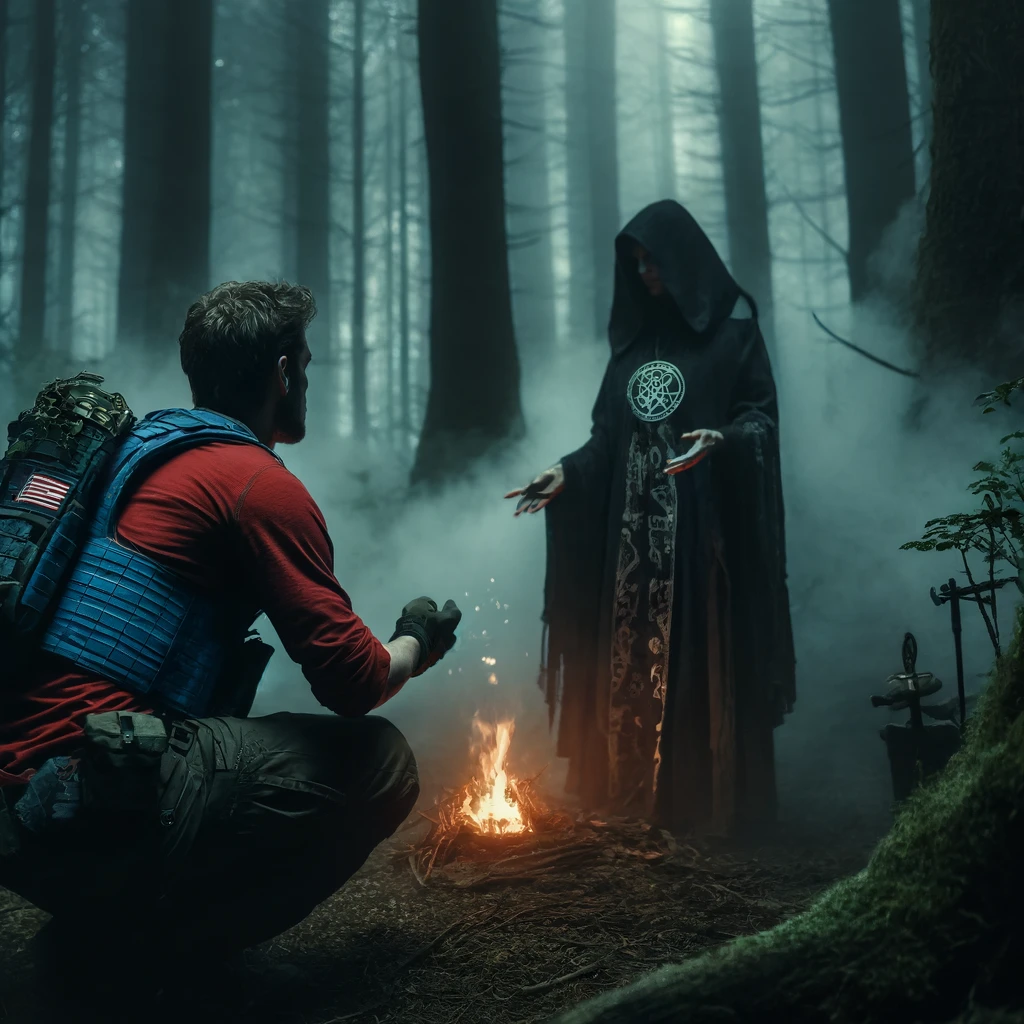
Introduction
Witchcraft, a complex and multifaceted practice, has been part of human culture for centuries. From ancient rituals to modern Wiccan practices, the concept of witchcraft has evolved, often reflecting the societal and cultural dynamics of its time. This article explores the historical development of witchcraft, emphasizing key dates and events that have shaped its perception and practice.
Ancient Origins (Prehistory – 1st Century AD)
Witchcraft in ancient times was closely linked with folklore and the spiritual understanding of the natural world. Evidence from cave paintings and artifacts suggest that many early societies practiced some form of magic, believed to influence the natural forces around them.
The Classical Period (1st Century – 5th Century)
Writings from Greek and Roman scholars often associated witchcraft with herbalism and curses. Notably, the “Witch of Endor” is cited in the Bible (1 Samuel 28), circa 1000 BC, as conjuring the spirit of the prophet Samuel.
The Middle Ages (5th Century – 15th Century)
During the Middle Ages, Europe’s perspective on witchcraft shifted significantly due to rising religious influences. The year 906 saw the publication of the Canon Episcopi, a document which declared belief in the existence and operational power of witches as heretical.
The Witch Hunts (15th Century – 18th Century)
The witch hunts were a dark period in the history of witchcraft, beginning around 1450, intensified by the publication of the “Malleus Maleficarum” in 1487, a treatise endorsing the extermination of witches. Notable witch trials during this period include the Salem Witch Trials in 1692 in Massachusetts, where fear and hysteria led to the execution of twenty individuals.
Modern Revival (19th Century – Present)
The 19th century saw a renewed interest in the occult, leading to the rise of new spiritual movements, including Modern Paganism and Wicca, which was popularized in the 1950s by figures such as Gerald Gardner. These practices emphasized witchcraft as a nature-based, harm-none religion, which continues to grow in followers to the present day.
Conclusion
Today, witchcraft is recognized as a legitimate spiritual path and cultural phenomenon, with practitioners advocating for understanding and respect for its practices. Witchcraft’s transformation from feared sorcery to a celebrated aspect of spirituality highlights the changing human perspectives on magic and the supernatural.
This brief historical overview of witchcraft demonstrates its persistent influence and the shifting attitudes towards it over centuries, reminding us of the complex interplay between fear, understanding, and acceptance in human societies.
